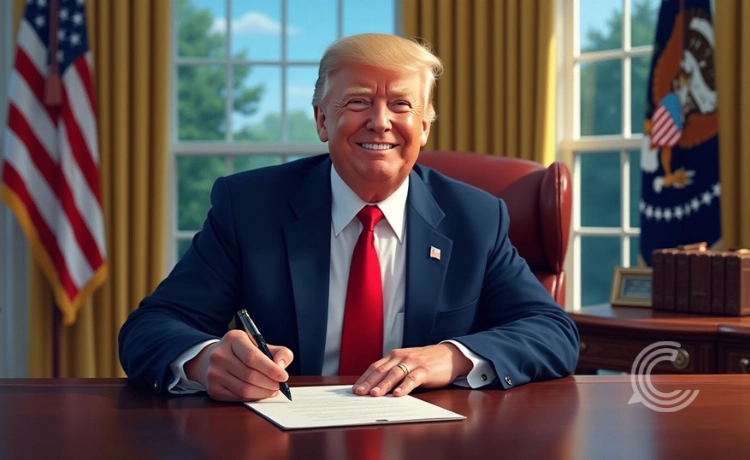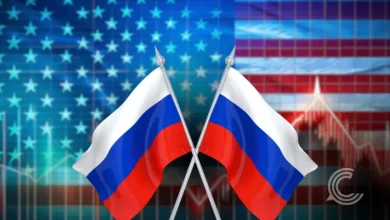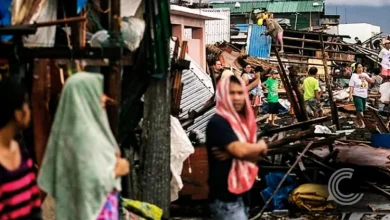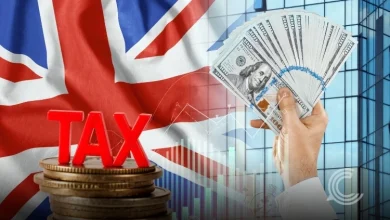South Korea Bestows Highest Honor on Donald Trump Amid Critical Asia Trade Tour

Key Points:
- South Korea plans to award President Donald Trump the Grand Order of Mugunghwa, the nation’s highest decoration, in recognition of his efforts toward peace on the Korean Peninsula
- The ceremonial gifts include a replica of the ancient Silla Kingdom’s golden Cheonmachong crown, a deliberate nod to the former President’s known preference for gold
- The diplomatic event is part of a high-stakes Asia tour that will culminate in a crucial bilateral summit with Chinese President Xi Jinping
U.S. President Donald Trump has arrived in South Korea, the final and perhaps most diplomatically striking stop on his multi-nation Asia tour.
The visit, centred around the Asia-Pacific Economic Cooperation (APEC) summit in Gyeongju, is marked by an unusually lavish ceremonial welcome as the South Korean Presidential Office has announced plans to award the U.S. leader the nation’s highest honor, the Grand Order of Mugunghwa, and gift him a gilded replica of a historic Korean crown.
An Unprecedented Honor and Golden Gift
The decision to present Trump with the Grand Order of Mugunghwa, named after the national flower, the Rose of Sharon, is a gesture reserved for heads of state and is intended to recognize his work as a “peacemaker” on the Korean Peninsula, as reported by Reuters. This makes him the first sitting U.S. President to receive the decoration.
The second highly symbolic gift is a replica of the Cheonmachong golden crown from the ancient Silla Kingdom, an original of which was discovered in Gyeongju. This historic gesture, according to South Korean officials, symbolizes the Silla Kingdom’s history of sustained peace in the region and an aspirational “new era of peaceful coexistence and common growth” between the U.S. and South Korea. The choice of a golden object is also a deliberate cultural customization, catering to the former President’s widely noted affinity for the metal. As reported by The Korea Times, other leaders, including Japan’s new Prime Minister Sanae Takaichi, have similarly gifted gold-themed items to Trump.
The ceremonial exchanges, which included a 21-gun salute upon arrival, set an extremely cordial tone for the working lunch and bilateral discussions scheduled with South Korean President Lee Jae-myung.
The Asia Tour and Key Trade Tensions
The South Korea visit follows stops in Malaysia and Japan, forming the final leg of a critical Asia trip. The tour has focused heavily on re-engaging with regional partners and tackling persistent trade and security challenges.
In Japan, for instance, Trump met with Prime Minister Takaichi, where discussions included trade agreements and security cooperation, with the U.S. leader welcoming Japan’s pledge to accelerate its military build-up. The tour began in Malaysia, where Trump attended the ASEAN summit, a forum he had previously skipped.
However, the stop in South Korea presents immediate economic friction. While the hosts have rolled out the highest diplomatic protocol, a substantial trade deal remains elusive. The two allies have a stalled framework agreement over lowering U.S. tariffs on South Korean goods, with the U.S. side seeking substantial investment commitments.South Korean President Lee Jae-myung has also used the APEC platform to caution against a global surge in protectionism, urging a renewed commitment to international cooperation, as reported by The Washington Post.
The Looming Xi Summit
The highest-stakes engagement of the trip is scheduled to take place immediately after the South Korea visit. President Trump will hold a bilateral meeting with Chinese President Xi Jinping on Thursday morning, on the sidelines of the APEC summit in Gyeongju.
The Trump-Xi meeting is a high-pressure opportunity to de-escalate the ongoing trade war and address deepening geopolitical tensions. Key agenda items include negotiations on trade tariffs, particularly the U.S. threat of additional duties on Chinese exports, and cooperation on the fentanyl crisis.Trump previously stated he expects a “very good outcome” that will be “fantastic for the entire world,” indicating a desire to find a path toward reducing U.S. tariffs in exchange for concessions from Beijing, such as curbing the flow of fentanyl ingredients and increasing U.S. soybean purchases.
The entire Asia trip, and especially the heavily symbolic welcome in South Korea, is framed against the backdrop of this critical meeting. The elaborate efforts by Seoul to secure goodwill with the U.S. leader are widely seen as part of a regional diplomatic push to maintain stability and encourage a softer U.S. stance on trade, defense cost-sharing, and nuclear cooperation amidst regional rivalries.



